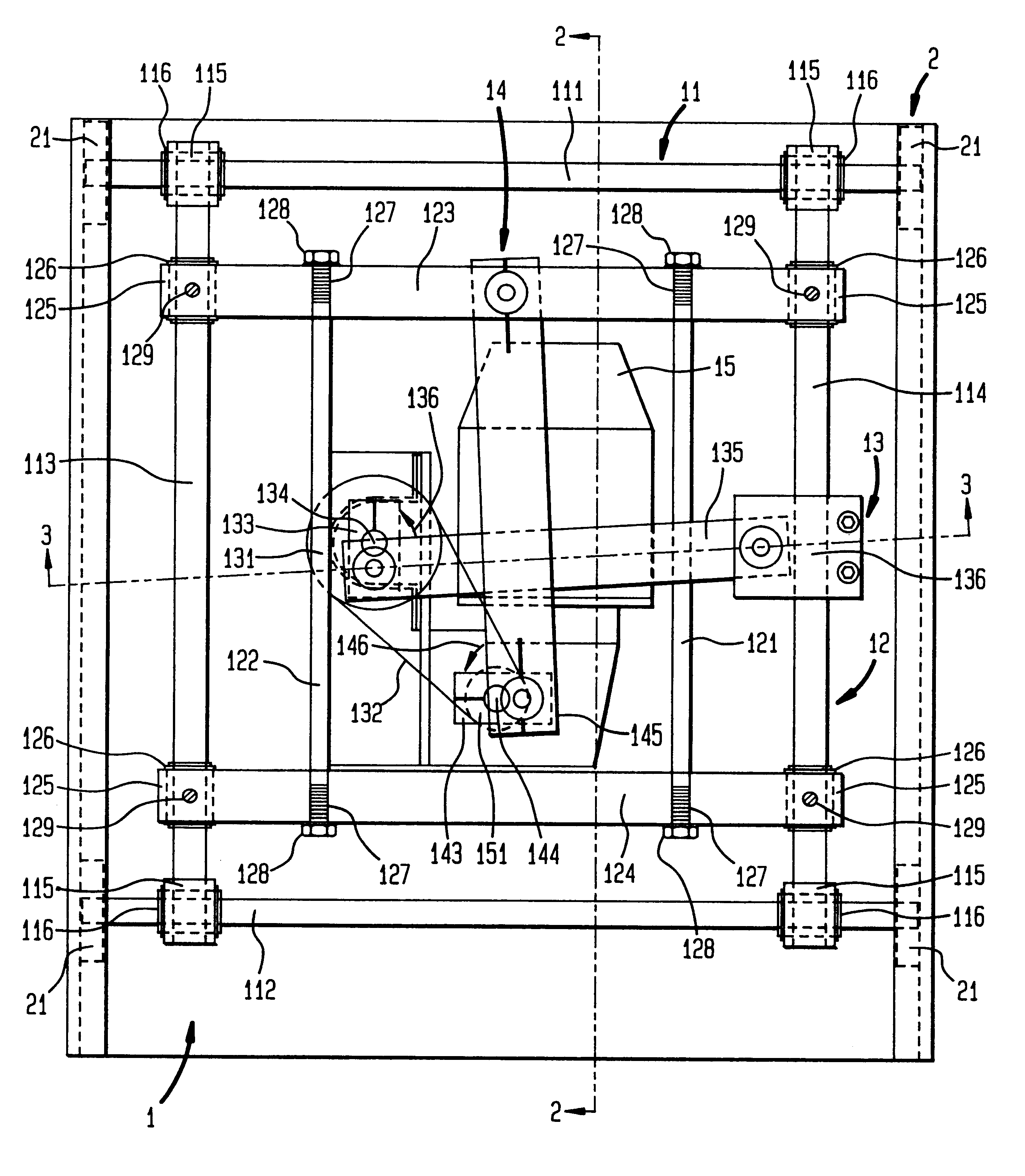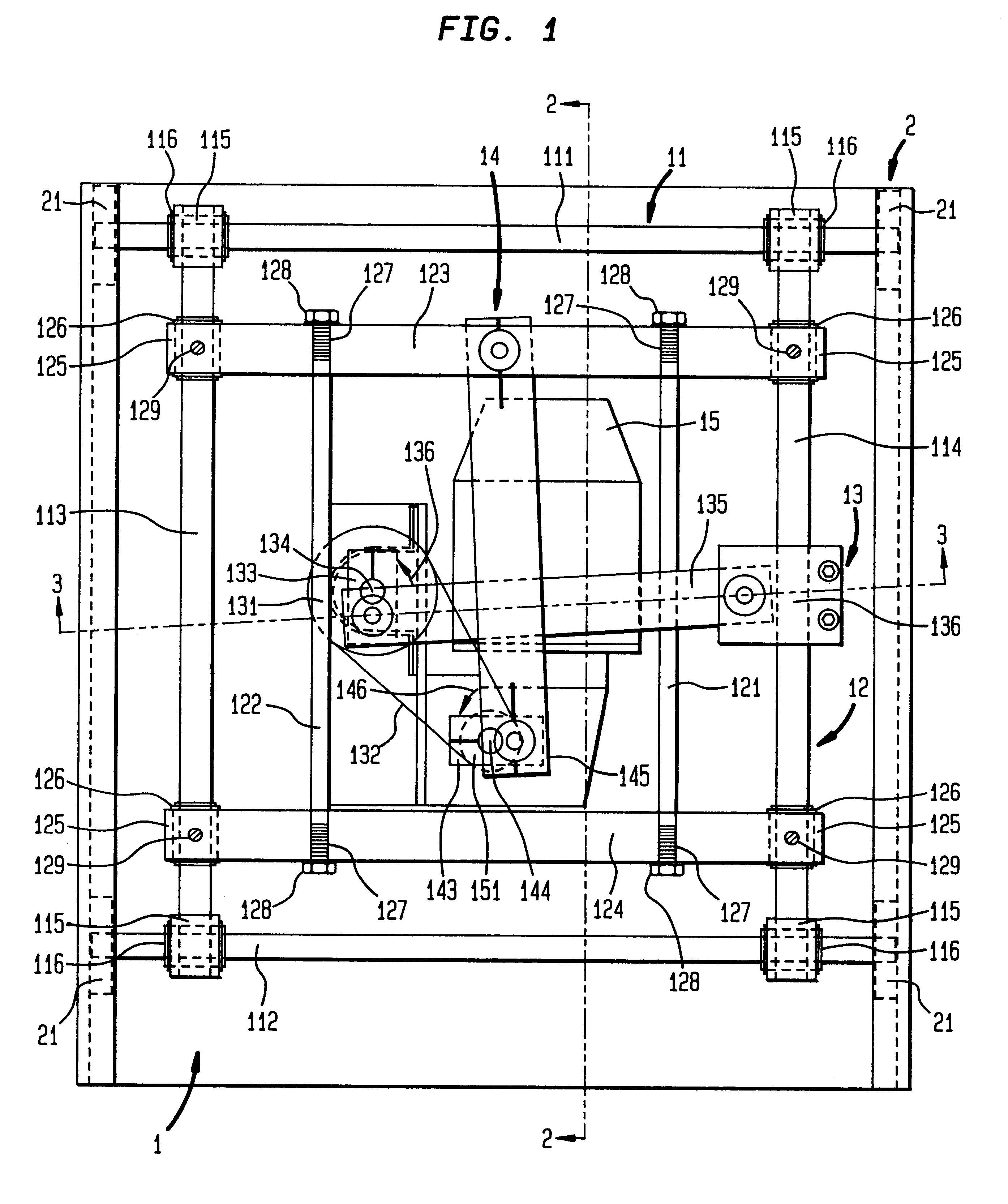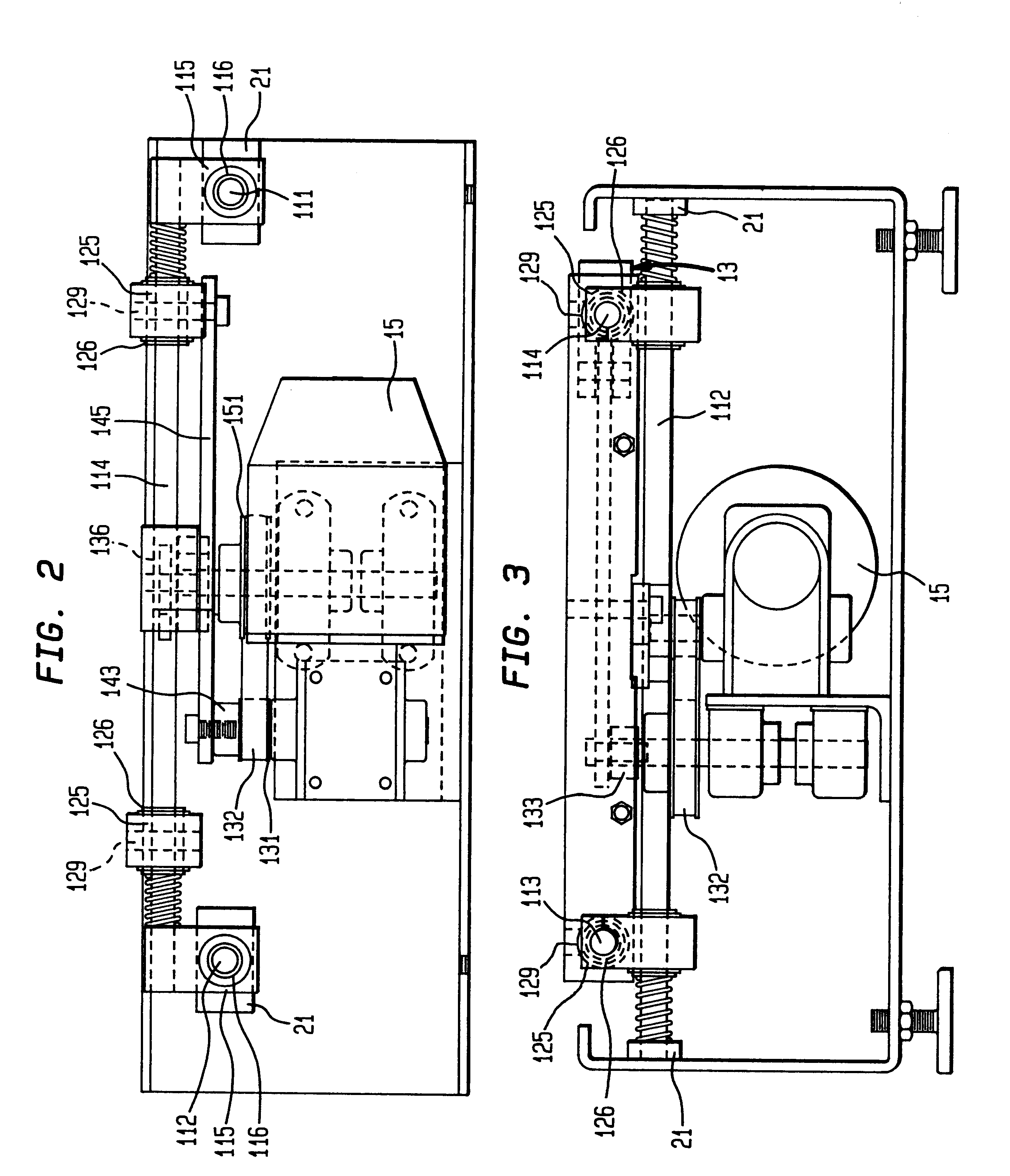Reversing rotatory shaker movement
a shaker and rotational technology, applied in the direction of mixing, chemistry apparatus and processes, mixers, etc., can solve the problems of poor movement of one element of liquid relative to the other, poor quality of mixing, and inability to solve the underlying problem
- Summary
- Abstract
- Description
- Claims
- Application Information
AI Technical Summary
Benefits of technology
Problems solved by technology
Method used
Image
Examples
experiment 1
Inoculum--5 ml of Washed Slant in Each Flask
In this experiment, both shakers were running at the same speed.
experiment 2
Inoculum--5% From Actively Growing Flask
In this experiment the prior art shaker was running at a higher rate than the shaker incorporating the instant invention.
experiment 3
Inoculum--10% From Actively Growing Flask
In this experiment, the rate of shaking in the prior art shaker was higher than the previous experiment while the shaker setup incorporating the instant invention was kept at the same shaking rate. The inoculum was also increased to 10%.
Although this invention has been described with a certain degree of particularity, it is to be understood that the present disclosure has been made only by way of illustration and that numerous changes in the details of construction and arrangement of parts may be resorted to without departing from the spirit and scope of this invention. For example, separate synchronized motors could also be used to drive the cranks, allowing for arbitrary frequency ratios without the need to physically change pulleys. Also, gears could be used instead of belts and pulleys to control the cranks. Cams and slot plates or cams and springs would also be suitable. In fact, use of cams and springs would permit arbitrary amplitude o...
PUM
 Login to View More
Login to View More Abstract
Description
Claims
Application Information
 Login to View More
Login to View More - R&D
- Intellectual Property
- Life Sciences
- Materials
- Tech Scout
- Unparalleled Data Quality
- Higher Quality Content
- 60% Fewer Hallucinations
Browse by: Latest US Patents, China's latest patents, Technical Efficacy Thesaurus, Application Domain, Technology Topic, Popular Technical Reports.
© 2025 PatSnap. All rights reserved.Legal|Privacy policy|Modern Slavery Act Transparency Statement|Sitemap|About US| Contact US: help@patsnap.com



